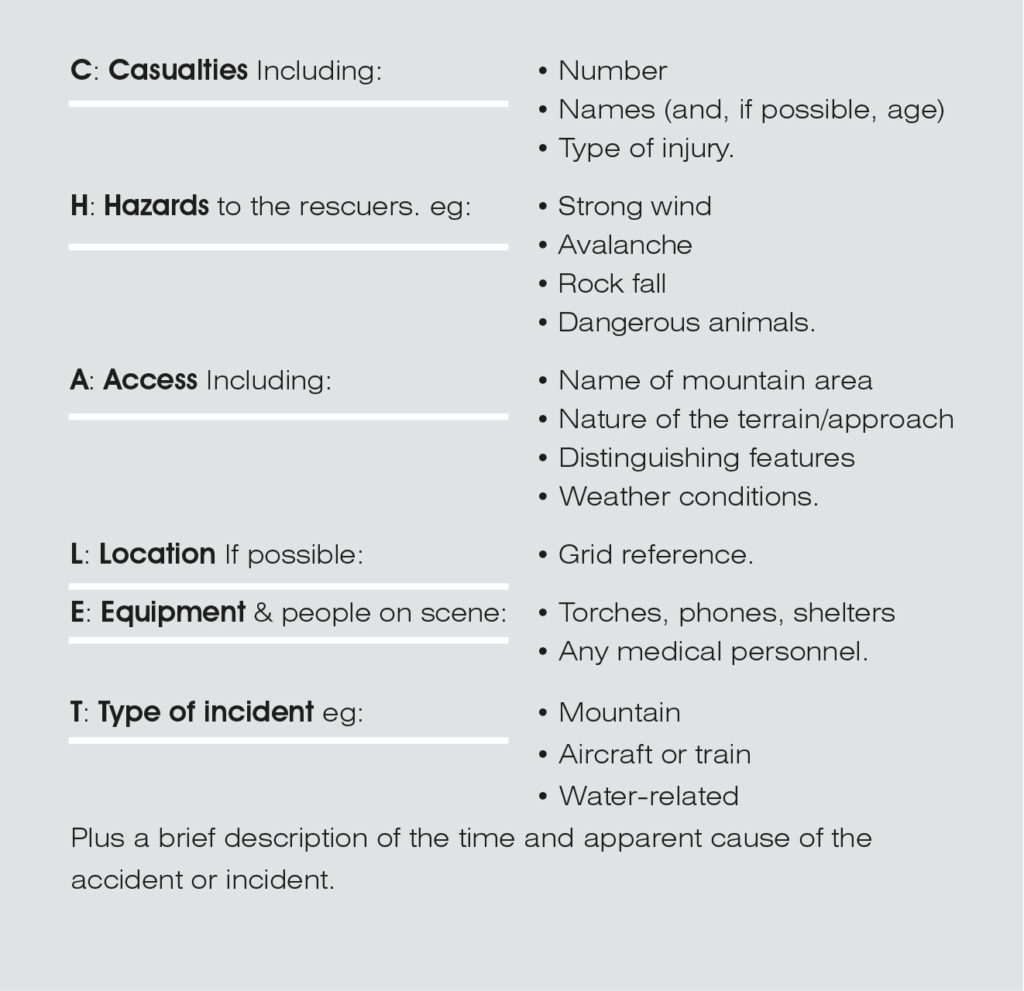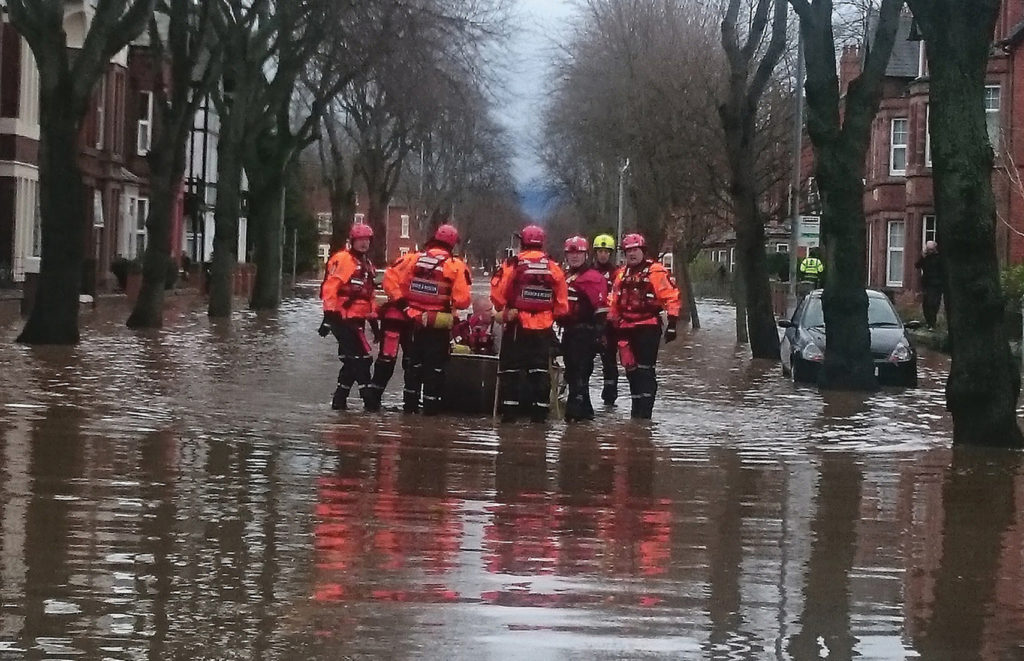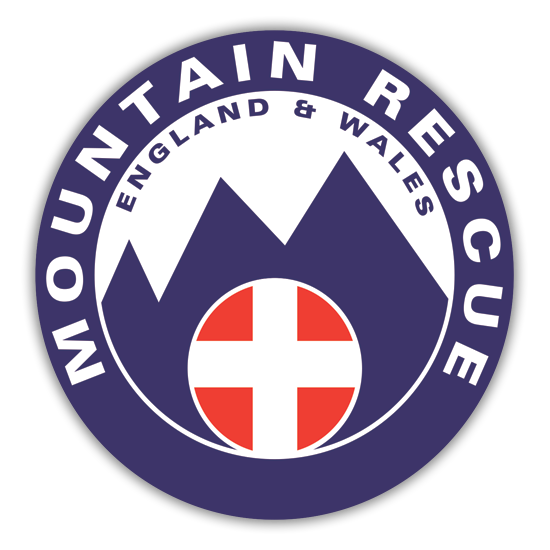Fact File 3: How the system works
© Karen Phillips Craig
Who calls who and what happens next?
Q: How do I call for mountain or cave rescue assistance?
• Mountain rescue teams are called out through the police, via the 999 system.
• To call for mountain or cave rescue assistance, dial 999, ask for ‘Police’, then either ‘Mountain Rescue’ or ‘Cave Rescue’.
Q: What happens next?
Your call is routed to the appropriate police control room. It may also be routed to another emergency service such as the ambulance service or air ambulance.
Q: What sort of information do I need to provide?
To enable the rapid evacuation and recovery of any casualties, you should provide as much detail as possible about the accident: who, what, where and how. This is best provided in the form of a CHALET report.

Q: What’s a CHALET report?
This simple mnemonic outlines the key details which will enable police to deploy the mountain rescue team nearest to your location, along with any other emergency services. It will also help the team find you and make decisions about any specialist equipment required.
Q: How is the team alerted?
The appropriate team is contacted by the police control room. Team members are then alerted by their team leader, via text or pager message. depending on the nature of the incident, this might be for a ‘Standby’, ‘Spot Pick up’ or ‘Full team call-out’.
• A standby informs team members that no action is required immediately but to ready themselves in case further action is necessary. This may be for a number of reasons, but usually means that the team leaders are gathering further information before asking team members to stop whatever they are doing to attend an incident.
• A spot pick up involves a small ‘hasty’ group of sufficient members to find and treat the casualty before rapid transfer to a helicopter. This usually occurs when a casualty is in a known location and readily accessible.
• A full team call-out occurs when more team members are required to carry the stretcher over difficult terrain for a longer period of time, before a helicopter or land ambulance can take over, or when the incident involves a missing person search.
Q: How do teams undertake a missing person search?
• A search for a missing person requires more planning and personnel. Police and team search managers work with the team leader and informants to gather as much detail as possible to create an informed search strategy.
• Frequently, the team leader can advise and resolve the situation, or guide a ‘lost’ person down from the hill, over the phone, without a full team call-out.
Q. What happens once the team is on scene?
• Team members assess the situation and safety of all involved, conduct a head to toe examination of the casualty, noting injuries, vital signs and relevant medical history before giving first aid and pain relief.
• Equipment is assembled to transport the casualty to the ambulance, liaising with the emergency services and/or helicopter to enable swift evacuation.
• In a prolonged stretcher carry, team members work in relays to spread the load, monitoring the casualty throughout.
• Eight team members are required to carry a standard mountain rescue stretcher — three on each side, one at the front and one at the rear — using a combination of grab handles and shoulder strops to distribute the weight between the stretcher carriers.
The ‘stretcher carry’ is possibly the most taxing part of the rescue, demanding high levels of fitness, strength and sure-footedness, often under extreme circumstances.
• The stretcher most often used is the Bell Stretcher, designed and produced by Peter Bell, and now manufactured by Lyon Equipment on behalf of MREW.
• Some stretchers can be fitted with a large central wheel, making prolonged journeys less taxing for the carriers.
Q. Are team members medically trained?
• All team members are required to have a basic level of first aid which enables them to assess a casualty’s ABCs (Airway, Breathing, Circulation).
• The majority of team members also undertake training as laid out in the MREW Casualty Care syllabus. Individual team members are assessed — and certificated — every three years and undergo regular interim training to keep their skills high.
• The Casualty Care syllabus includes every possible scenario any team might encounter, including the administration of medication where appropriate.

Q. What about water?
All the teams now undertake bank-side water training and many teams have a number of their members trained to swiftwater technician level so they can respond to incidents involving rivers, lakes, waterfalls and fast-flowing water, including urban floods.
Q. How do teams work with search and rescue dogs?
• Teams work with both air scenting and trailing dogs. Handlers undertake extra training with their dogs.
• Dog teams are especially useful in bad weather and at night, when the chances of a team member finding a casualty, other than close to a path, may be severely reduced unless the missing person can attract attention.
• Trailing dogs have had a great deal of success in the urban environment, in searches for missing persons classes as ‘vulnerable’, such as Alzheimer’s sufferers, children and suicide victims.
Related pages
Share This Page
Keep in touch
If you'd like to keep in touch, why not subscribe to our mailing list?
By signing up, you accept the terms of Mountain Rescue England and Wale’s Privacy Policy and consent to receive our emails with access to our latest news and events. You can unsubscribe at any time.
